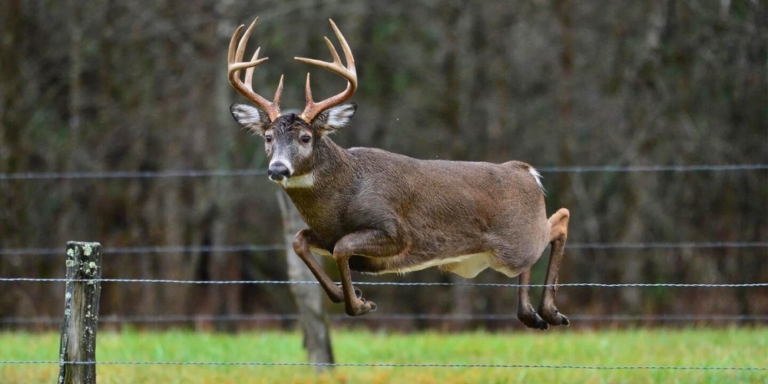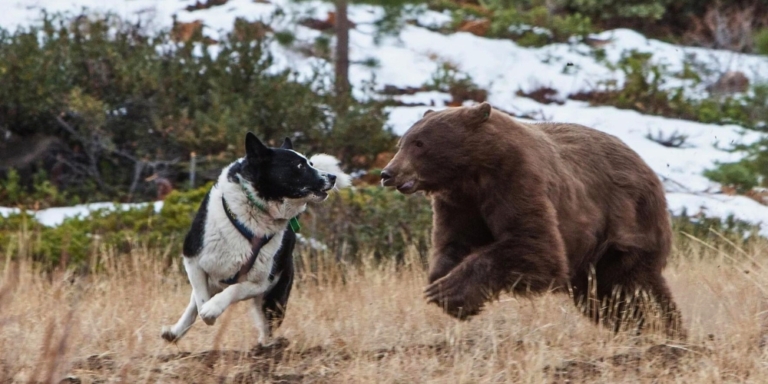It’s not often that Alberta should follow BC’s lead, but in protecting wild sheep, we have a lot to learn from our neighbours.
A deadly disease threatens Alberta’s majestic provincial mammal, the Rocky Mountain bighorn sheep.
Last spring, 15 bighorn sheep died west of Diamond Valley from Mycoplasma ovipneumoniae (Movi)
Movi is a bacteria common among domestic sheep that causes only mild, non-life-threatening symptoms.
But when wild sheep get infected, it can wipe out eight out of every ten sheep in a herd in a matter of months!
Wild and domestic sheep are known to mingle, especially during the fall rutting season of bighorn sheep in November and early December.
Preventing deaths
Recent sheep deaths in Bluerock Wildland Provincial Park and Sheep River Provincial Park in Kananaskis Country have conservationists calling for better management of domestic sheep in the area to keep them separated from their wild cousins.

“Movi is a respiratory pneumonia that a lot of times domestic sheep will carry without showing signs or symptoms. They can transmit it to our Bighorn sheep, and our Bighorn sheep don’t have the immunity to handle that bacterial infection and develop quite severe pneumonia and die,” said Matthew Mellon, president of the Wild Sheep Foundation of Alberta, in an article published in Alberta Farmer Express.
Mellon thinks there needs to be more awareness of the issue and testing of domestic sheep herds close to wild sheep management areas.
Mellon’s Foundation has partnered with the Alberta province to start a domestic sheep Movi swabbing project to help monitor and manage respiratory disease before more wild sheep get infected.
However, the project is voluntary, and it requires buy-in from sheep farmers.
“I think we need to have a better conversation on promoting herd health within our domestic sheep. That’s all the stuff the Wild Sheep Foundation would pay for. If you are in one of these areas and you want us to come swab your sheep and culture them and test them, we can let you know,” Mellon said.
The BC Approach

Swabbing and testing of domestic and wild sheep is something the Wild Sheep Society of BC started doing several years ago in partnership with BC provincial government biologists.
Testing of wild sheep and culling of Movi-infected animals in the Fraser River region north of Lillooet has shown positive results regarding lamb survival.
Positive results also resulted from testing and treating domestic sheep in BC in partnership with willing farmers. Healthy domestic sheep will not pass on the disease to their wild cousins.
Still, it’s a tricky conservation conundrum to tackle. One randy ram cavorting with an infected domestic ewe can bring the disease back to his herd with devastating results.
Alberta is home to approximately 9,000 bighorns, 3,000 scattered throughout the national parks and 6,000 on provincial lands in the foothills and mountains of western Alberta.
In the mid-1800s, bighorn sheep numbered hundreds of thousands throughout BC, Alberta and the western United States. The population has plummeted by an estimated 90 percent, mostly due to habitat loss and fragmentation, but in recent years, pneumonia has taken its toll on specific populations.
Since 1937, there have been seven known bighorn pneumonia outbreaks in Alberta.
”Risk evaluations indicate high potential for another pneumonia outbreak in Alberta unless we mitigate and minimize the risks,” according to a recent Alberta government update on Movi.
We don’t have to reinvent the wheel; just follow BC’s lead and put in a program to identify sheep infected with MOVI and cull them before the infection spreads and devastates entire herds.





